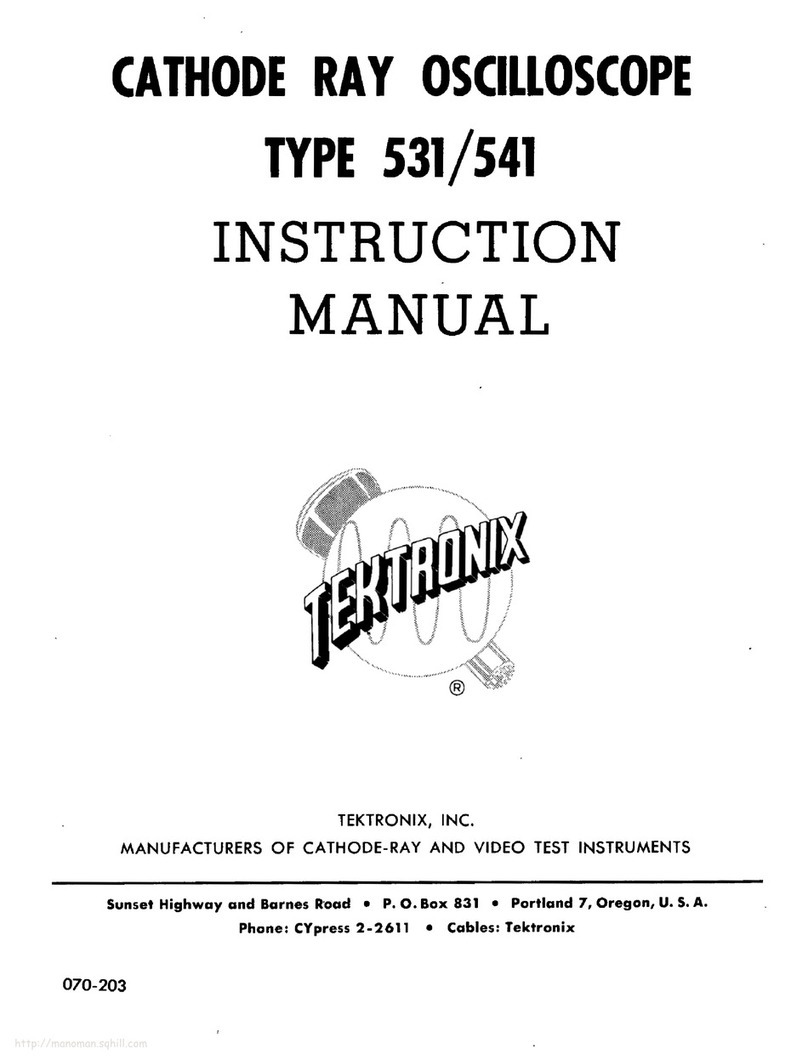Tektronix P7380SMA User manual
Other Tektronix Test Equipment manuals
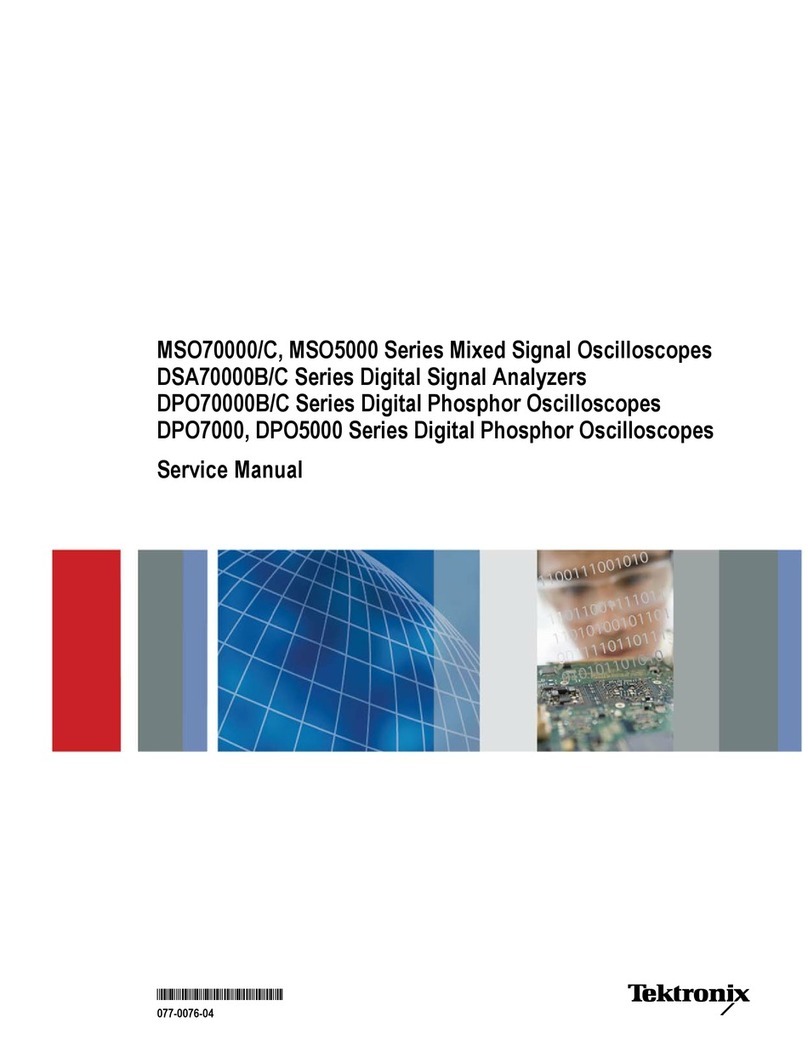
Tektronix
Tektronix MSO70000 Series User manual

Tektronix
Tektronix TDS 510A User manual
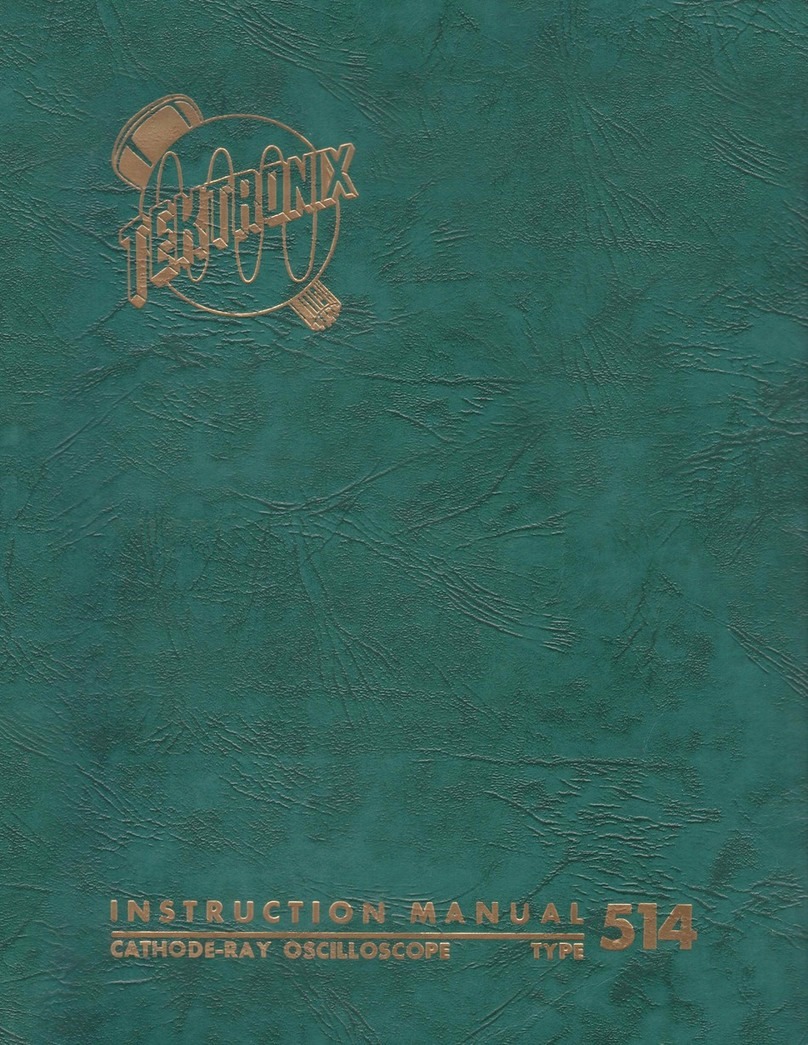
Tektronix
Tektronix A Series User manual
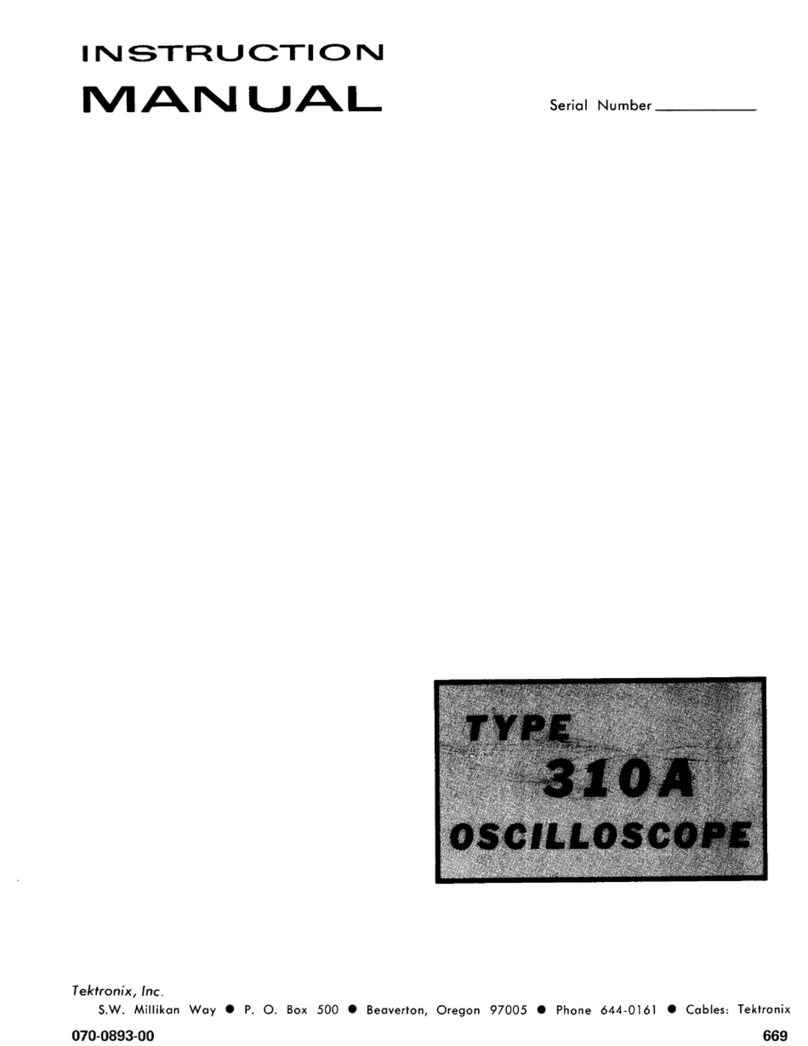
Tektronix
Tektronix 310A User manual
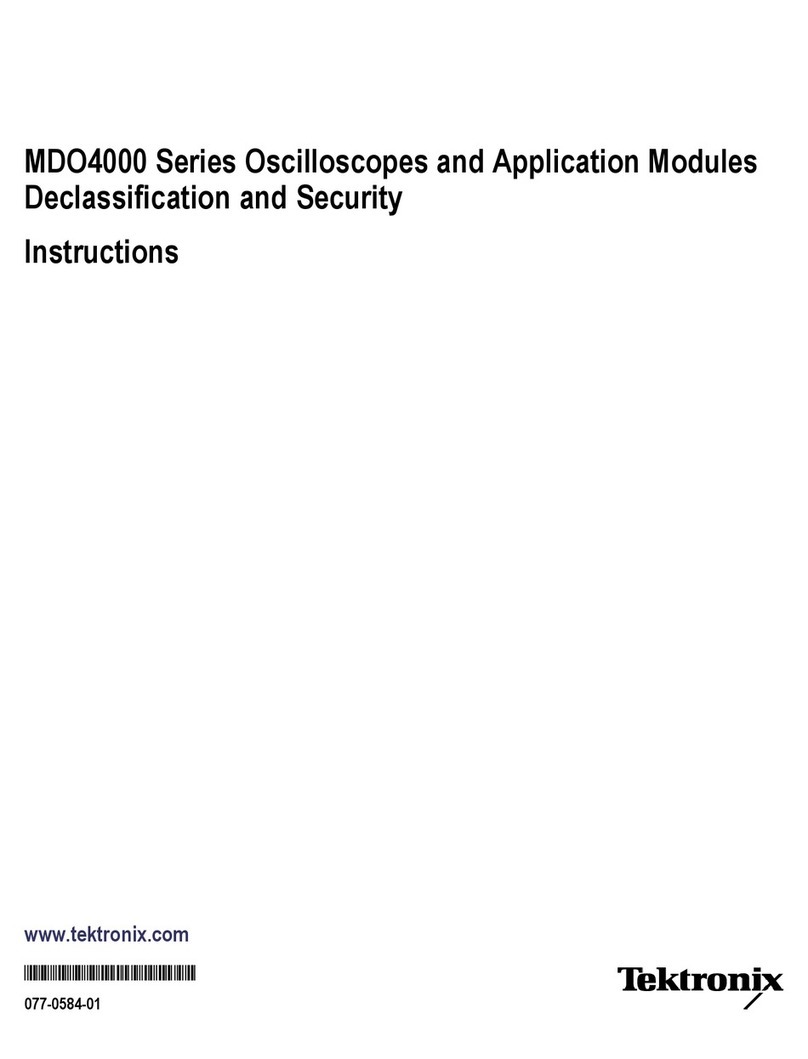
Tektronix
Tektronix MDO4104-6 User manual
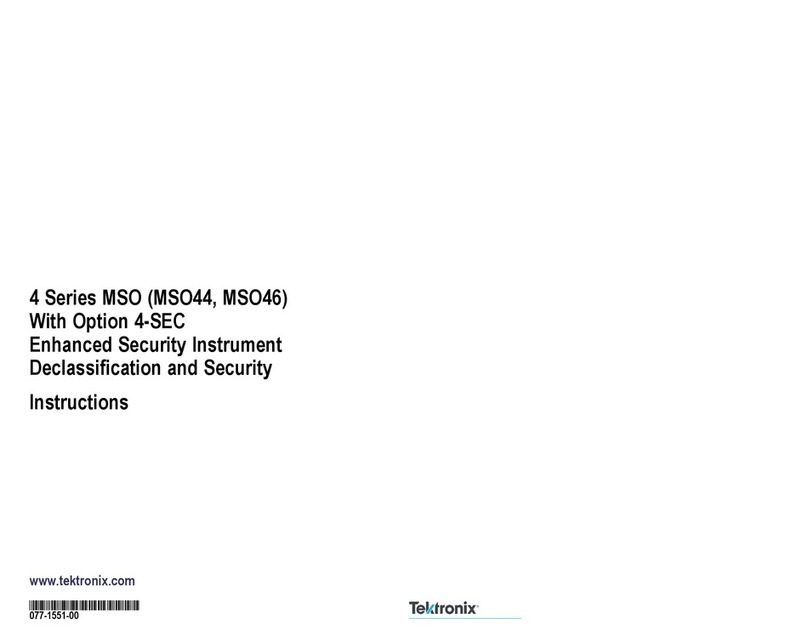
Tektronix
Tektronix MSO 4 Series User manual

Tektronix
Tektronix 323 Service manual

Tektronix
Tektronix 11801C User manual
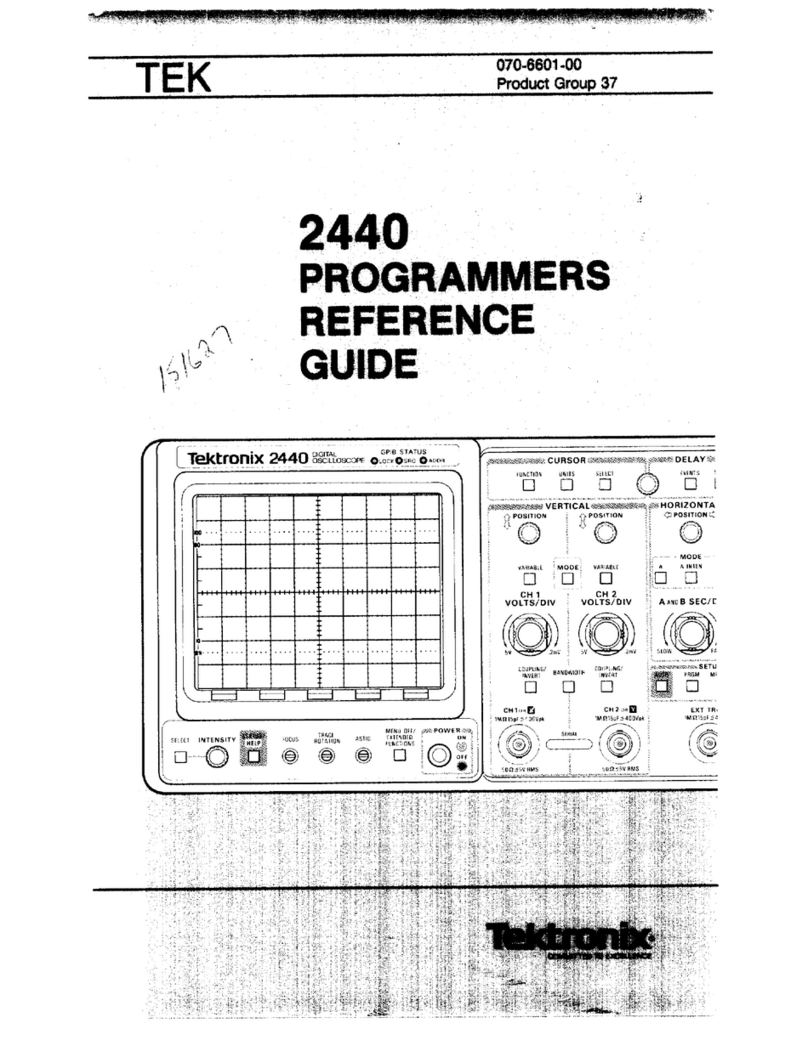
Tektronix
Tektronix 2440 User manual

Tektronix
Tektronix DPO4104 User manual
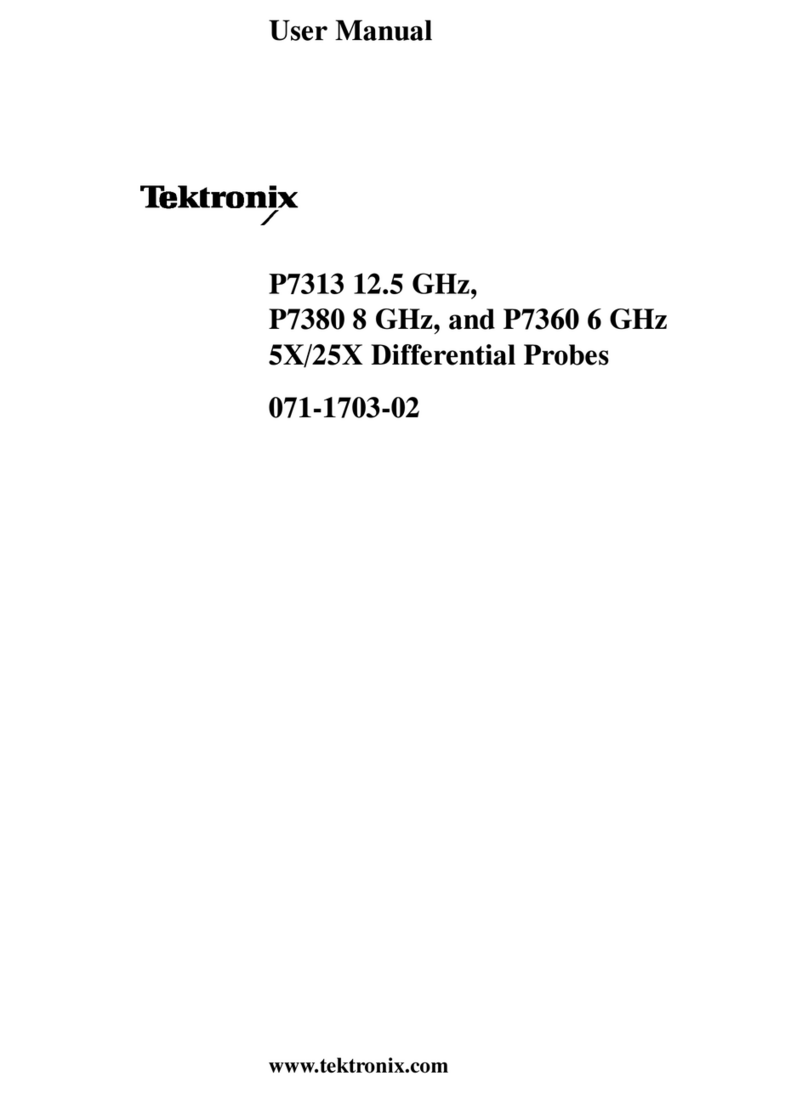
Tektronix
Tektronix P7380 User manual
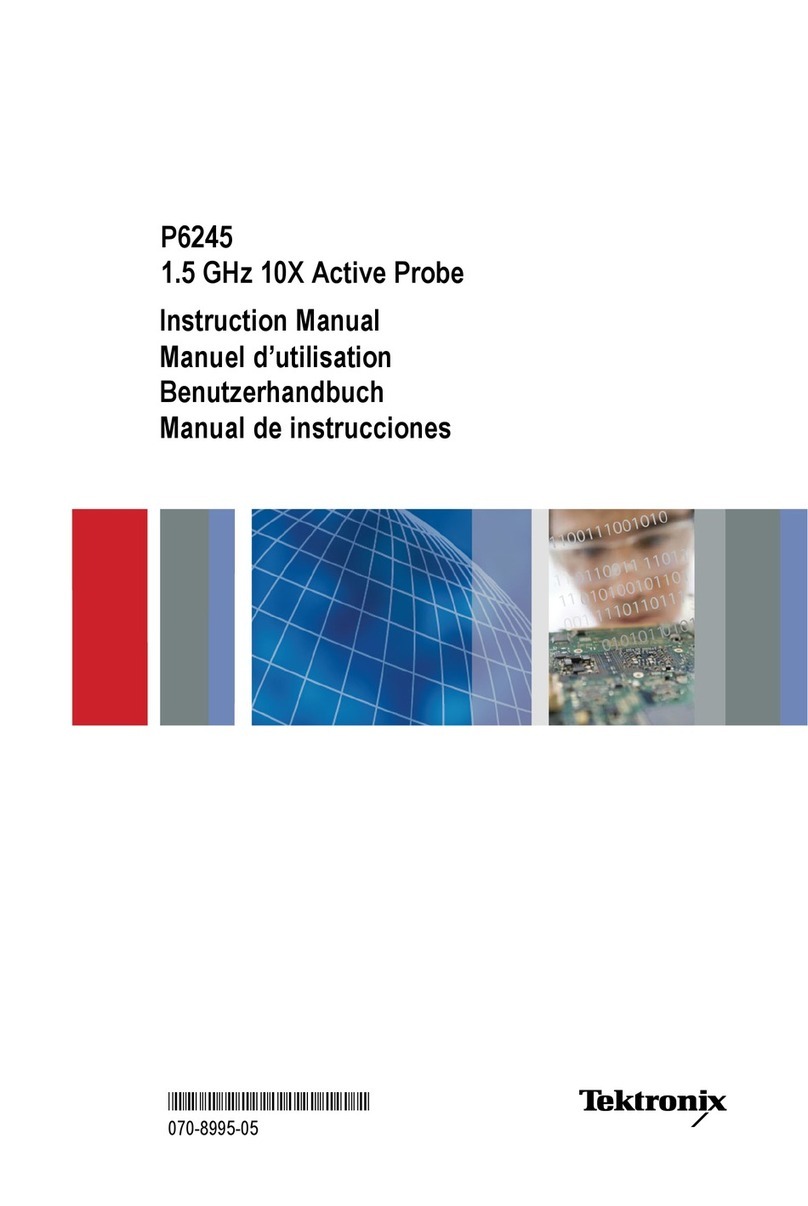
Tektronix
Tektronix P6245 User manual
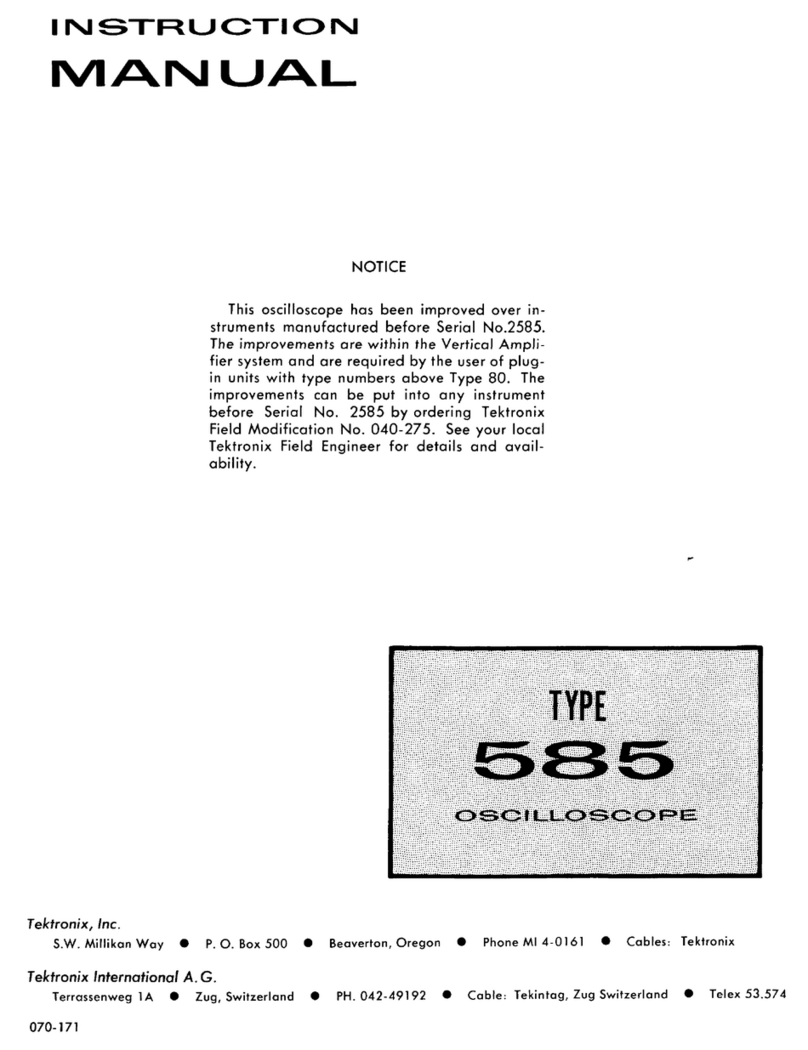
Tektronix
Tektronix 585 User manual
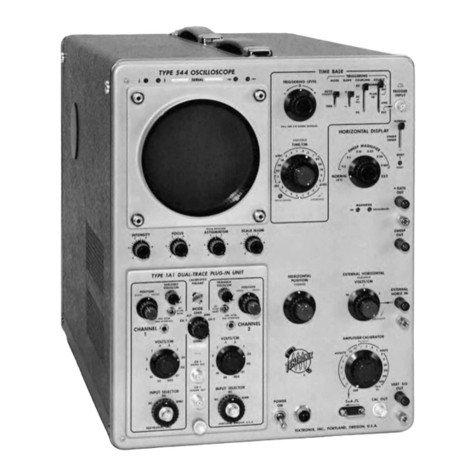
Tektronix
Tektronix 544 User manual
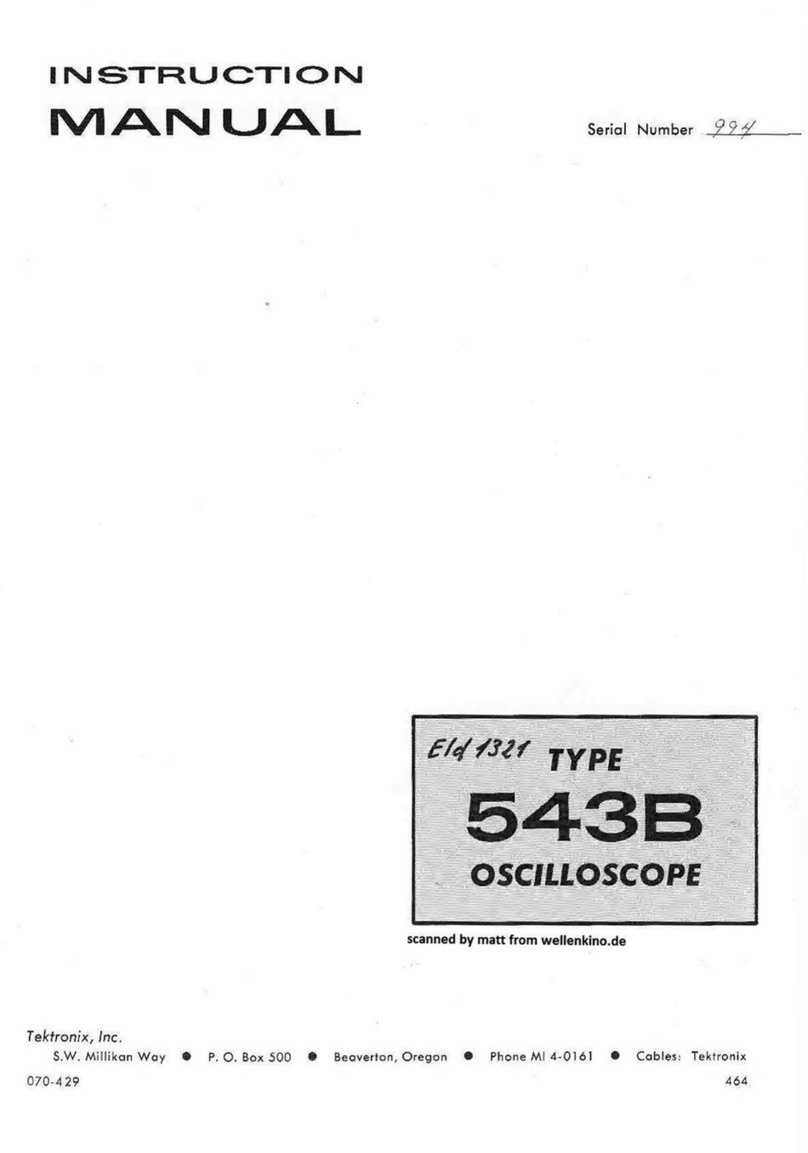
Tektronix
Tektronix 543B User manual
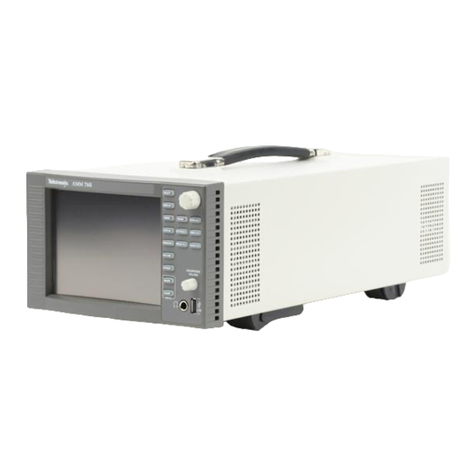
Tektronix
Tektronix AMM768 User manual
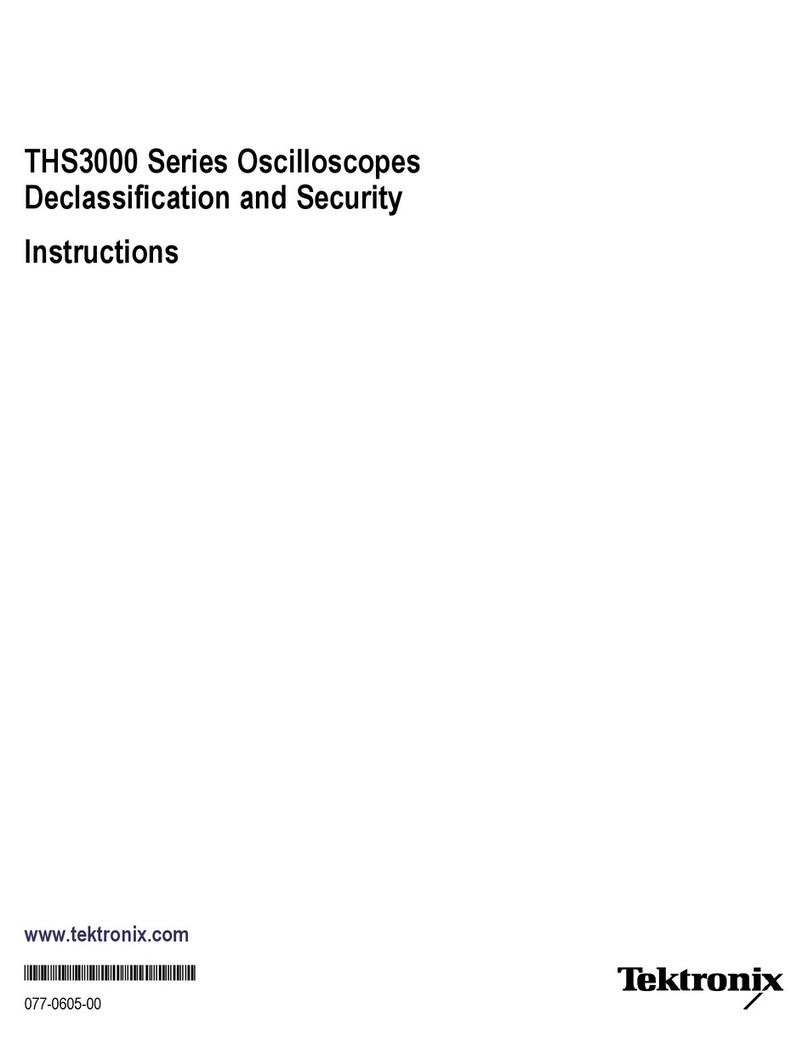
Tektronix
Tektronix THS3014 Installation and maintenance instructions

Tektronix
Tektronix 834R01 User manual

Tektronix
Tektronix P7630 Manual

Tektronix
Tektronix P6246 User manual
Popular Test Equipment manuals by other brands

Redtech
Redtech TRAILERteck T05 user manual

Venmar
Venmar AVS Constructo 1.0 HRV user guide

Test Instrument Solutions
Test Instrument Solutions SafetyPAT operating manual

Hanna Instruments
Hanna Instruments HI 38078 instruction manual

Kistler
Kistler 5495C Series instruction manual

Waygate Technologies
Waygate Technologies DM5E Basic quick start guide

StoneL
StoneL DeviceNet CK464002A manual

Seica
Seica RAPID 220 Site preparation guide

Kingfisher
Kingfisher KI7400 Series Training manual

Kurth Electronic
Kurth Electronic CCTS-03 operating manual

SMART
SMART KANAAD SBT XTREME 3G Series user manual

Agilent Technologies
Agilent Technologies BERT Serial Getting started



